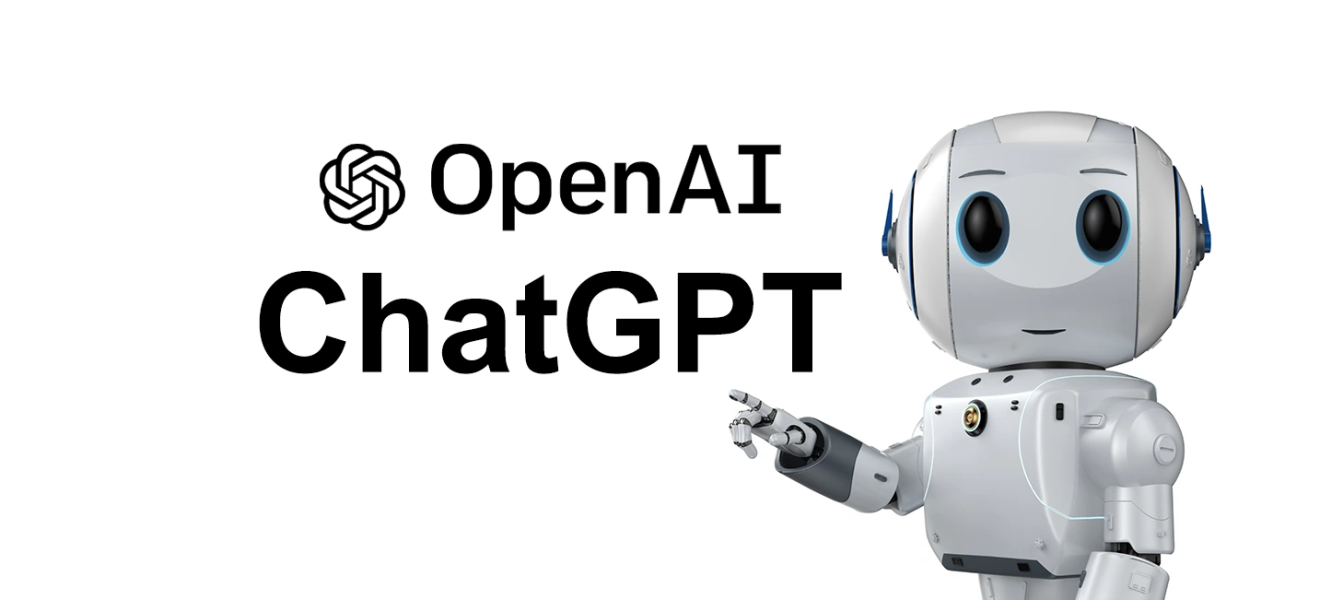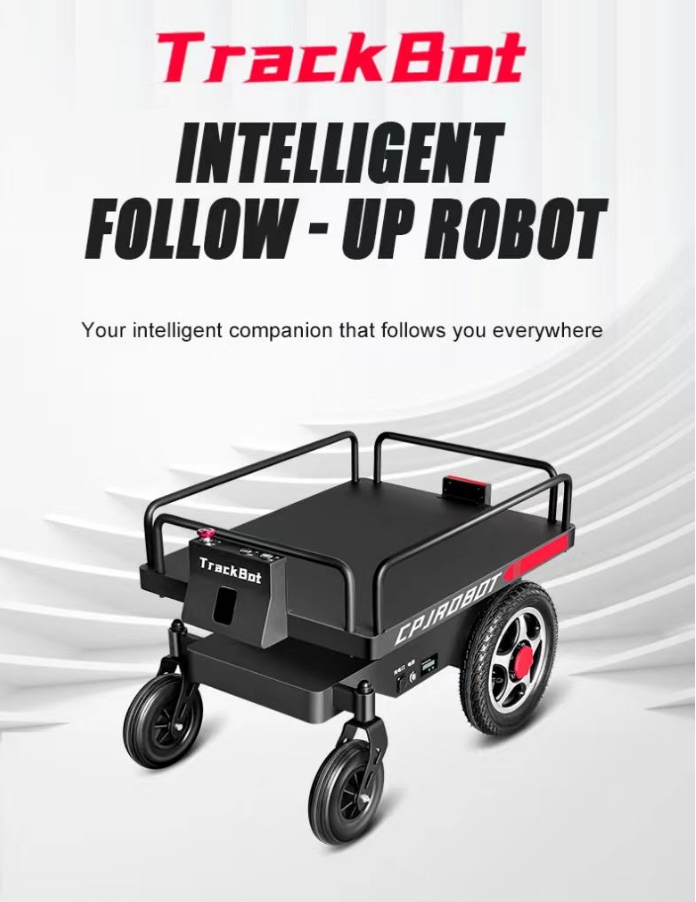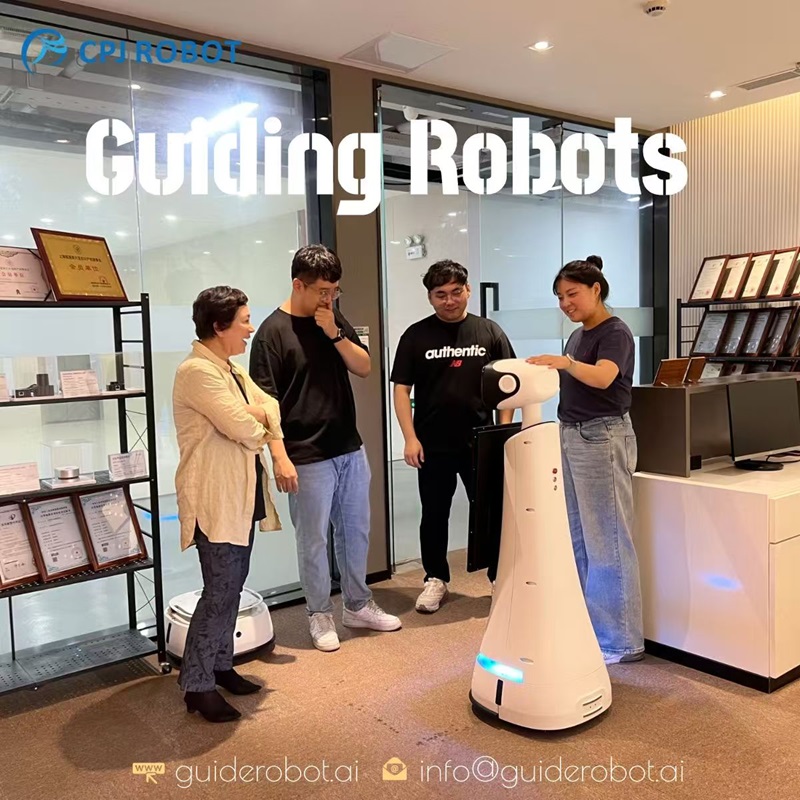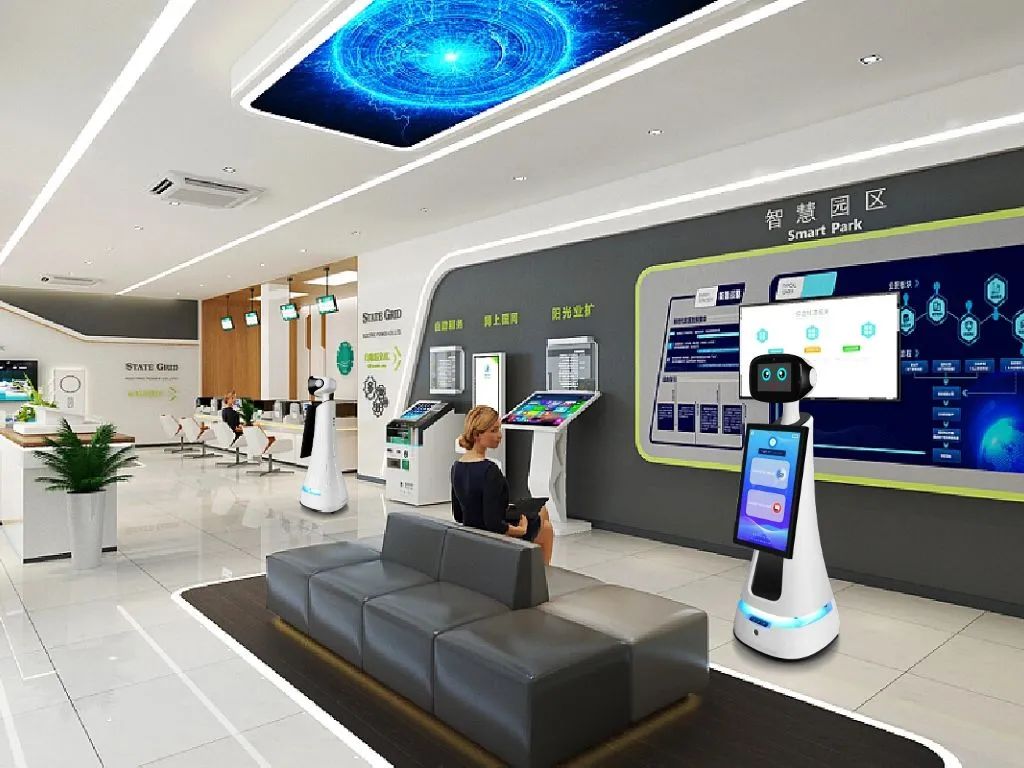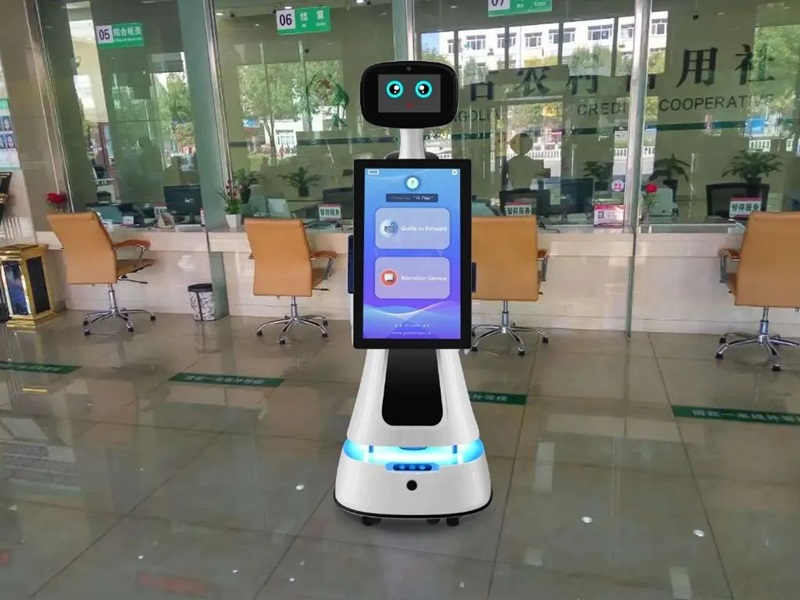With the rapid advancements in artificial intelligence and natural language processing, integrating language models like ChatGPT into robotic systems has become an intriguing prospect. While online connectivity allows robots to leverage the full power of cloud-based language models, there are compelling reasons to explore offline solutions. In this article, we’ll delve into the potential advantages and drawbacks of incorporating an offline version of ChatGPT within robots.
Pros of Offline ChatGPT Integration:
- Enhanced Privacy and Data Security: By running ChatGPT offline, sensitive data and conversations remain within the robot’s local system, minimizing the risk of cyberattacks and unauthorized access. This aspect is particularly crucial for applications involving confidential or proprietary information.
- Reduced Latency and Improved Responsiveness: With an offline model, the robot can process language inputs and generate responses without relying on an internet connection. This can lead to faster response times and smoother interactions, especially in environments with limited or unreliable connectivity.
- Operational Continuity in Remote or Disconnected Areas: Robots equipped with offline language models can function seamlessly in remote locations or environments where internet access is limited or unavailable, such as remote exploration, disaster response, or underground operations.
- Cost Savings: Eliminating the need for continuous internet connectivity and cloud computing resources can potentially result in cost savings, especially for large-scale deployments or long-term operations.
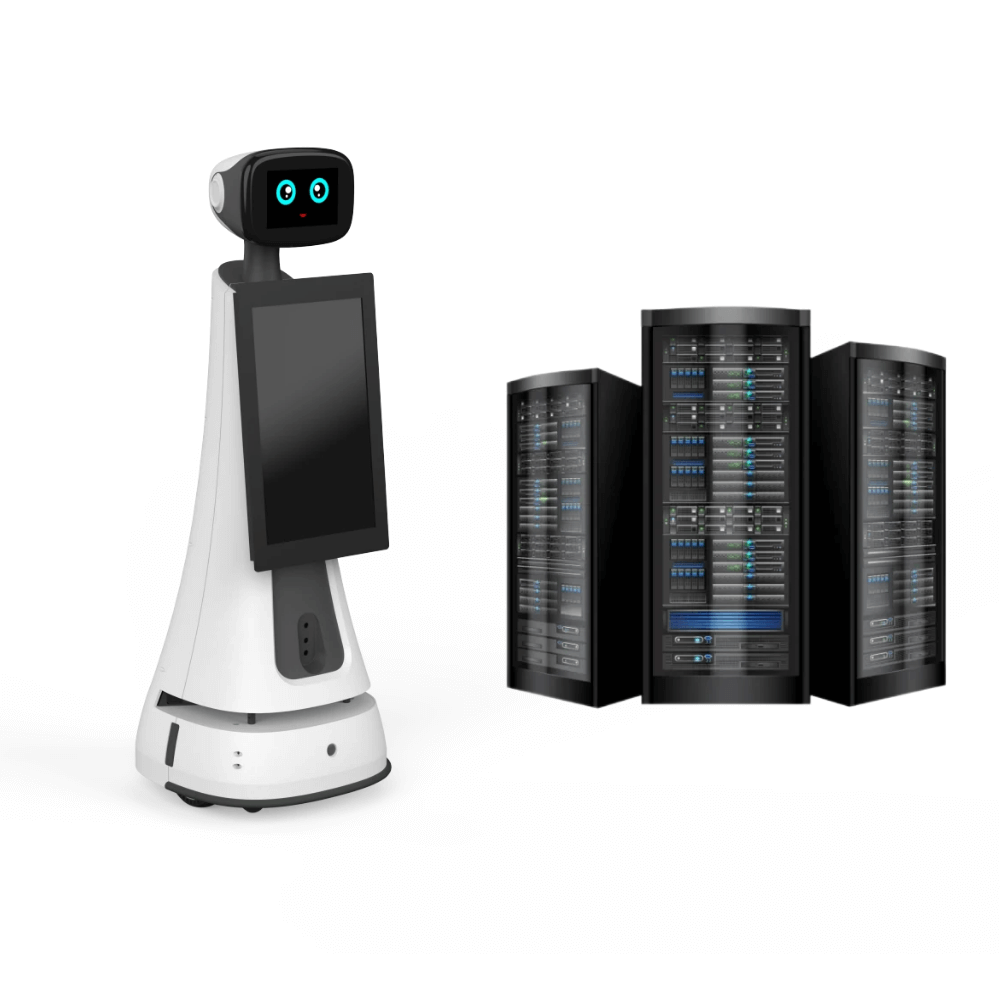
Cons of Offline ChatGPT Integration:
- Limited Model Updates and Stagnation: Unlike cloud-based models that can be frequently updated with the latest data and improvements, offline models may become outdated and less accurate over time. This could lead to a degradation in performance and a lack of access to the most recent advancements in language understanding and generation. Good thing is CPJRobot has developed a ideal way to regularly update the model.
- Resource Constraints: Running large language models like ChatGPT offline requires significant computational resources and memory within the robot’s hardware. This can increase the complexity and cost of the robotic system, potentially limiting its scalability and mobility. Running smaller sized model may significanely improve this.
- Challenges in Model Customization: While cloud-based language models can be fine-tuned and customized for specific tasks or domains, customizing offline models may be more challenging and require additional resources and expertise. But nowadays there is a easy way to upload docs for it to be quickly trained.
- Lack of Real-Time Data and Knowledge Updates: Offline models cannot leverage real-time data streams or access the latest information available on the internet, potentially limiting their ability to provide up-to-date and context-aware responses.
As with any technological decision, the choice between online and offline ChatGPT integration in robots will depend on the specific application requirements, operational environments, and trade-offs between performance, security, and cost. Hybrid solutions, where robots can switch between online and offline modes, may also be explored to strike a balance between the pros and cons.
Ultimately, the integration of language models like ChatGPT into robotic systems, whether online or offline, represents an exciting frontier in human-robot interaction and has the potential to revolutionize various industries and applications.
